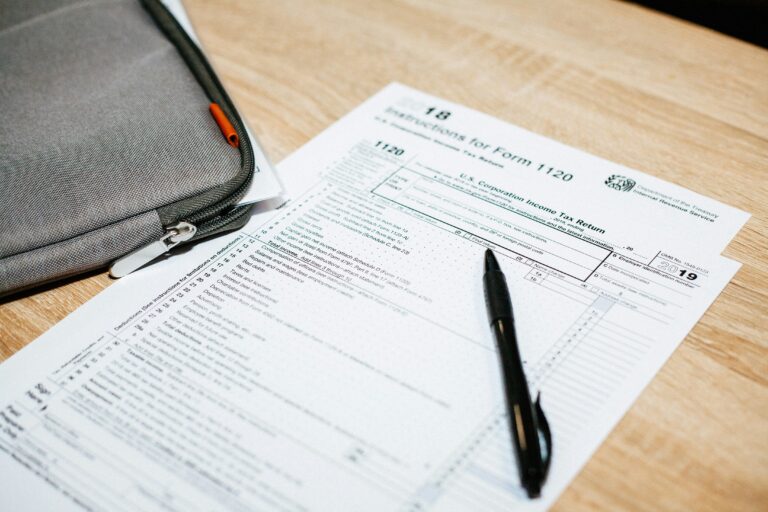
Until 2020, tax authorities generally held a unanimous position regarding the applicable VAT rate for the supply, construction, renovation, or modernization of collective housing buildings: their classification under Polish Building Objects Classification (PKOB) class 1130 was the sole and sufficient criterion for applying the reduced 8% VAT rate. However, in recent years, a new interpretative line has emerged, introducing additional, unclear conditions for applying the reduced rate.
Collective housing buildings in PKOB
Described doubts concern buildings classified under PKOB class 1130: collective housing buildings. This class includes:
- collective housing residential buildings, including housing for the elderly, students, children, and other social groups, e.g., social care homes, worker hotels, dormitories and school hostels, student residences, children’s homes, shelters for the homeless, etc.,
- residential buildings within barracks, prisons, and correctional facilities, investigative detention centers,
- presidential and bishop residences.
8% rate for collective housing buildings
According to Article 41(12) of the VAT Act, the reduced 8% VAT rate applies to the supply, construction, renovation, modernization, thermal modernization, reconstruction, or conservation work related to buildings or their parts classified under the social housing program.
Social housing program includes, among other things:
- residential buildings or their parts, excluding their commercial parts, and
- residential units in non-residential buildings classified in the PKOB under section 12.
Additionally, residential buildings covered by a social housing program do not include single-family residential buildings with a usable area exceeding 300 m2 and residential units with a usable area exceeding 150 m2.
The term “residential buildings” should be understood, according to Article 2(12) of the VAT Act, as permanent residential buildings classified in the PKOB under section 11.
If the conditions for applying the preferential rate are not met, the standard 23% VAT rate applies.
New criterion: permanent residence
As collective housing buildings are classified under section 11 of PKOB, until recently, such classification was the only criterion in the practice of tax authorities for the applicability of the reduced VAT rate.
However, recently tax authorities have introduced a new condition for applying the reduced 8% VAT rate in some of their decisions: designation for permanent residence.
According to this approach, the standard 23% VAT rate applies to the supply and services related to certain collective housing buildings. The tax authorities argue that such structures, despite being classified under section 11 of PKOB, do not always serve as permanent residences and, consequently, do not qualify as residential buildings under VAT regulations, subject to the preferential VAT rate.
Under the binding rate information (WIS) dated 21.08.2023, ref. no. 0111-KDSB1-2.440.138.2023.3.SM, a common characteristic of collective housing buildings is that they are used by individuals only during specific times typical for the facility. However, these individuals always maintain permanent residence elsewhere.
0111-KDSB1-2.440.138.2023.3.SM
“The dormitory is not a place of permanent residence, and the building is associated with temporary residence during the school year lasting from September to June. Therefore, since the building described in the application is classified under section 11 of the PKOB and is not a building intended for permanent residence, it cannot be classified as part of the social housing program. Hence, the applicable VAT rate is 23%.”
A similar position was expressed in the WIS dated 22.06.2023, ref. no. 0111-KDSB1-1.440.29.2023.8.WF concerning student housing.
Authorities also refer to the definition of collective residential buildings contained in the regulation on technical conditions that buildings and their location should meet, according to which a collective residential building is a structure intended for the periodic stay of people.
The change in position also applies to other collective residential buildings covered by the PKOB class 1130. Recently two previously issued WIS decisions concerning residential facilities located in prisons and detention centers have been amended ex officio. The new decisions indicated a 23% rate as applicable, instead of 8% (see WIS dated August 14, 2023, ref. no. 2023 0110-KSI2-2.442.1.2022.7.KTG, and WIS dated August 11, 2023, ref. no. 0110-KSI2-2.442.2.2022.7.KTG).
The problem, however, is that there are no clear guidelines on how to interpret the criterion of permanent residence to determine the appropriate VAT rate in a specific case.
Conflicting standpoints
The Supreme Administrative Court did not agree with the new position of tax authorities in the judgment dated April 13, 2023 (ref. no. I FSK 1727/22), in which it has been determined that accommodation within a boarding school meets the housing needs of students during their education, thereby fulfilling a permanent residence function.
Ways to secure VAT position
A lack of uniform interpretation often leads to practical uncertainties in applying the correct VAT rate, especially taking into account, that the new “permanence of residence” criterion is far from precise. This issue primarily impacts the construction industry (concerning construction/modernization services). We’ve observed cases where subcontractors issue invoices with rates differing from those on the General Contractor’s invoice linked to the tender-based contract.
The way to secure the VAT position of contractors is to apply for binding rate information (WIS). Received WIS safeguards the applicable VAT rate for a specific investment.
WIS is an administrative decision in which the Director of the National Fiscal Information determines the applicable VAT rate for goods or services indicated in the application. The WIS decision binds all tax authorities, which means that the tax authority cannot impose sanctions for applying the VAT rate specified in the WIS. The WIS also binds the recipients of the decision. WIS can be issued for both the supply of the building and the construction/modernization services.
The legal protection of a WIS isn’t exclusive to the decision recipient. Another entity can apply a WIS decision if it relates to goods or services identical to theirs and benefits from the legal protection. For example, if one contractor receives a WIS related to work on a specific building, the protective effect of this WIS extends to other contractors and subcontractors.
How we can help you
Feel free to reach out to our tax advisory team for personalized insights into how to best secure VAT rate on your PRS asset deal or construction services.
Contact us
Whenever you need any initial consultancy or are not certain which support is required in your particular case, do not hesitate to contact us. We are here to make your business easier.
Our goal is to help you navigate the complex world of taxes and accounting.






